In New Zealand, Locals Rally to Save Fossils from Destruction
One of New Zealand’s most spectacular fossil sites originated 23.2 million years ago. It was formed in a valley dotted with small volcanoes, when rising magma deep below the Earth’s surface came into contact with groundwater. Lava and water don’t mix — they explode. The resulting detonation obliterated the surrounding forest and left a circular, low-rimmed volcanic crater, called a maar, about 3,000 feet across and more than 600 feet deep.
The prehistoric rains gradually filled in the hole, forming a lake. Eventually, the subtropical forest grew back, and year after year the trees dropped their leaves and flowers into its still waters. Microscopic algae called diatoms bloomed each spring and died at the end of summer, forming a fine, pale blanket on the lake bottom. In the autumn and winter, a darker layer of decaying plant matter and algal spores settled on top. Together, those alternating seasonal layers formed a barcode-like pattern in the stripy diatomite, recording each year of the maar’s long life.
Embalmed among the diatoms were the remains of other plants and animals that lived in or fell into the lake. In its depths, the enclosed, anoxic conditions kept every detail perfectly preserved: spiders, orchids, fruit, delicate flowers still dusted with pollen, and freshwater fish with their mouths gaping open.
Today, Foulden Maar, as it came to be known, is an unremarkable rectangle of heaped white earth located in the middle of a sheep pasture in the Strath Taieri, a broad river valley studded with rock outcrops in New Zealand’s far south. The Earth is now 9 to 10 degrees Fahrenheit cooler than it was when the maar was formed, and the nearby mountains are shrouded in snow in winter, the dry fields bare of trees. And despite the riches lying beneath, Foulden Maar is currently off limits to scientists, the result of a protracted dispute with a company that wanted to mine the entire site for diatomite.
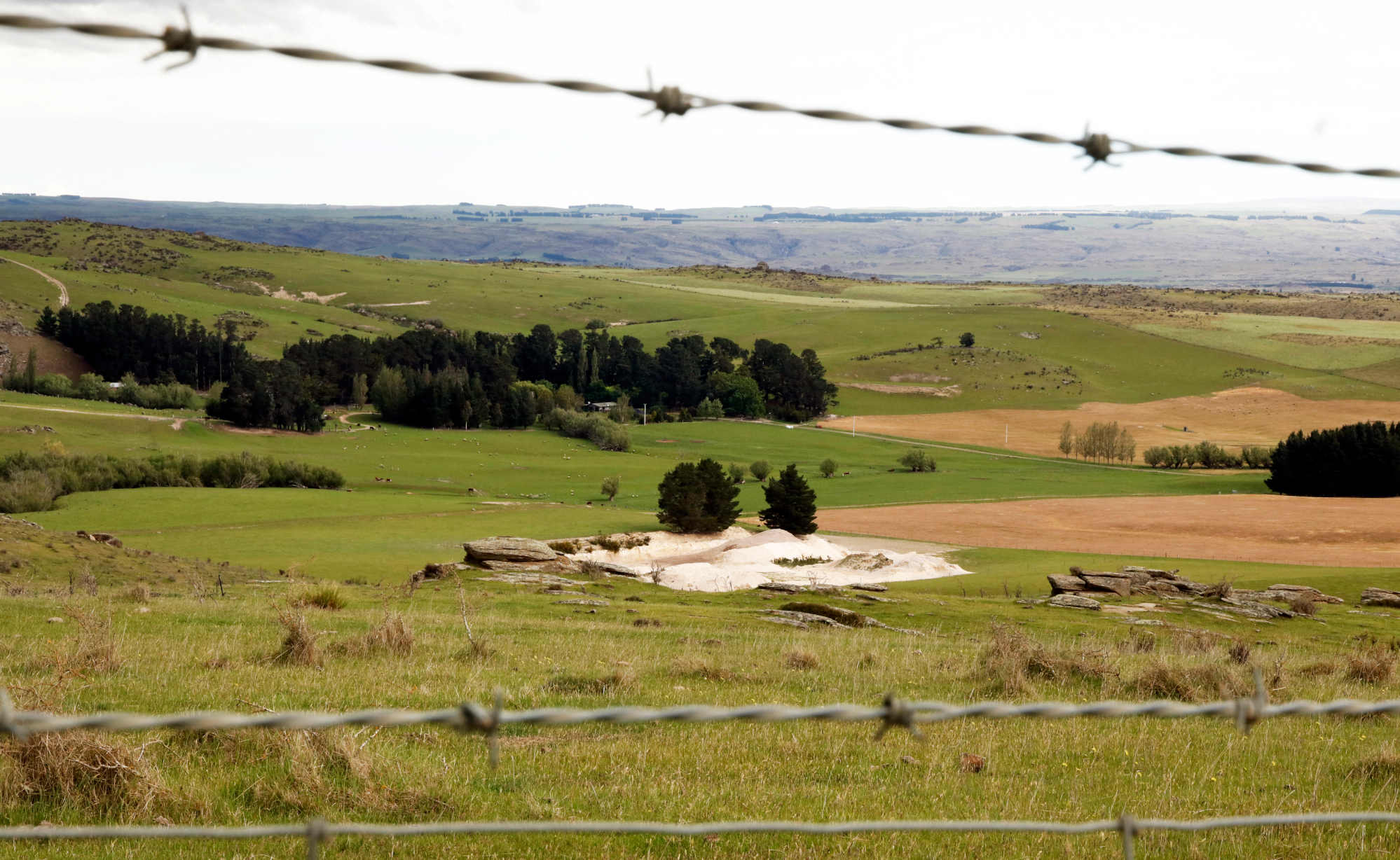
Starting in the early 2000s, geologists and miners had cooperated, allowing extraction to occur alongside scientific discovery. The fossils that were uncovered revealed an entire ecosystem of new species, and the diatomite layers provided a valuable high-resolution record of climate change during a time when the Antarctic ice sheets were rapidly melting. Scientists are still trying to unravel the causes of that deglaciation, as it may help to model Earth’s future.
The annual layers preserved in Foulden Maar form the only record that can “document this time period on human timescales — over periods of seasons to centuries,” says Beth Fox, a paleoclimatologist at the University of Huddersfield in the United Kingdom, who did her doctoral studies at Foulden Maar. “The scientific value of this deposit is very high.”
A new mining company, Plaman Resources, bought Foulden Maar in 2015. When Plaman’s ambitious plans for the site were revealed a few years later, researchers worried the fossils would all be crushed to dust, and it seemed the cooperative relationship between science and mining would end too. But New Zealanders rallied behind the fossils, and while Foulden Maar’s fate is still uncertain, it appears that public resistance may have saved the site for science.
Diatomite is globally abundant and is mined extensively in more than 20 countries. Its presence in the area around Foulden Maar was first described in 1875 by the geologist and naturalist Frederick Hutton, who called it “polishing powder.” Small-scale mining at the site began during World War II. Since then, the diatomite has been extracted, crushed into a substance more commonly known as diatomaceous earth, and used, variously, for polishing metals, filtering sugar, as insulation, for filtering beer and wine, as a cement and paint additive, as a mild abrasive, for making soaps, toothpaste, and face powder, and as an organic pesticide and fertilizer.
The diatomite at Foulden Maar — and the fossils embedded within it — didn’t initially make much of an impression on Daphne Lee, a geologist at the nearby University of Otago in Dunedin. Now 70, she first visited the site as an undergraduate student in the late 60s or early 70s. In the 90s, she went again and collected a few crumbly leaf fossils. But no one recognized the site’s broader significance until 2003, when Lee was organizing a field trip for some visiting geologists.
One day she and some colleagues arrived for reconnaissance, and the miners working there had just opened up a 15-foot cliff face with a mechanical digger. One of Lee’s colleagues noticed the barcode-like layers of the algal blooms and realized the potential for climate research. The delineations between one year and the next would allow scientists to track changing conditions on an annual basis — a very unusual level of detail. As they poked around in the freshly exposed diatomite, Lee’s group found a few fossil leaves, pristine and perfect.
“It was really a lightbulb moment,” Lee says. “This place has got both fantastic preservation of leaves and this climate record.”
Jennifer Bannister, a fossil preparator at the university, mounted the 23-million-year-old leaves on slides. She did the same with some leaves from related species she picked in the botanical gardens, and they looked so similar that at first glance Lee had trouble telling the fresh and fossil specimens apart. The airless conditions had preserved the ancient veins, pores, and even some of the leaves’ chemistry.
In the early days, relations between the scientists and the miners were collegial. Alan Walker was the managing director of Featherston Resources, the mining company working the site back then. Walker, a former geologist himself, was intrigued by the finds. He was especially interested in the possibilities of the climate record. As the company explored the site, Walker alerted Lee’s team every time a new face was opened up. Without mining, Lee says, geologists would never have known about Foulden Maar’s riches at all. To show her appreciation, she even named a new species — a fossil fern — after Walker. (“I was really chuffed,” he says.)
A decade of discoveries and dozens of scientific papers followed. Lee and her colleagues received a series of prestigious grants that enabled them to spend a few stormy winter weeks in 2009 drilling a core 600 feet into the deposit below the snow-covered pasture. The diatomite layers continued for nearly 400 feet before giving way to volcanic rubble.
The core gave the scientists a continuous, high-resolution 120,000-year sequence of climate data from an epoch whose warmer temperatures provide a glimpse of what could be in store over the coming centuries. It also contained perfectly pickled leaves. By testing their chemistry and examining their pores under a microscope, one of Lee’s doctoral students, Tammo Reichgelt, was able to show that over the millennia preserved in the core, atmospheric carbon dioxide increased dramatically, then fell to levels similar to those predicted for later this century.
Reichgelt’s analysis of the leaves revealed that as CO2 levels increased, some plants could harvest that carbon more efficiently for photosynthesis, leading to increased growth and more tolerance for drought. That is not necessarily good news, though — Reichgelt says some studies indicate that while higher atmospheric CO2 might increase yields, the crops are less dense in nutrients, and any increased carbon storage will be still be far outpaced by fossil fuel emissions and deforestation.
The site’s fossils are globally significant, too. Only a handful of fossil orchids have ever been found, anywhere; Lee’s team found two at Foulden Maar. Another of Lee’s doctoral students, Uwe Kaulfuss, had a knack for finding insects. “He really has X-ray eyes,” Lee says. Before Foulden Maar, about six insect fossils were known from the whole of New Zealand. So far, Kaulfuss has found 266 in this one pasture. Some still had eyes, and a few of the beetles retained the greenish-blue iridescence of their shells.
The researchers also found fossilized bird poop, so Lee believes there are probably feathers and other bird remains waiting to be found — perhaps even those of the extinct giant parrot that was recently discovered at another fossil site an hour’s drive from Foulden Maar.
Fossil sites that preserve soft, delicate organisms like spiders and orchids are very rare globally. And because Foulden Maar provides a series of snapshots of an entire ecosystem, it’s what paleontologists call a “Konservat-Lagerstätte.” In German, “Lagerstätte” means “a sort of motherlode or bonanza” of fossils, says Paul Selden, an emeritus professor of geology at the University of Kansas, while “Konservat” means they are especially well preserved. Selden is an expert in both fossil ecosystems and fossil spiders, and he described the four new arachnid species Kaulfuss found at Foulden Maar. Spider fossils are extremely rare, “and when you do find one, it really is a bonanza,” he says. “Suddenly you’ve learned so much more.”
In general, Selden says that “Konservat-Lagerstätten” can shed light on key moments in evolution — like Canada’s 500-million-year-old Burgess Shale, which helped scientists understand the sudden appearance of most modern life forms, or Germany’s 48-million-year-old Messel Pit, with its insights into the emergence of mammals. Globally, Foulden Maar is one of just a handful of these bonanza sites dating from the Miocene Epoch, between 23.03 and 5.33 million years ago.
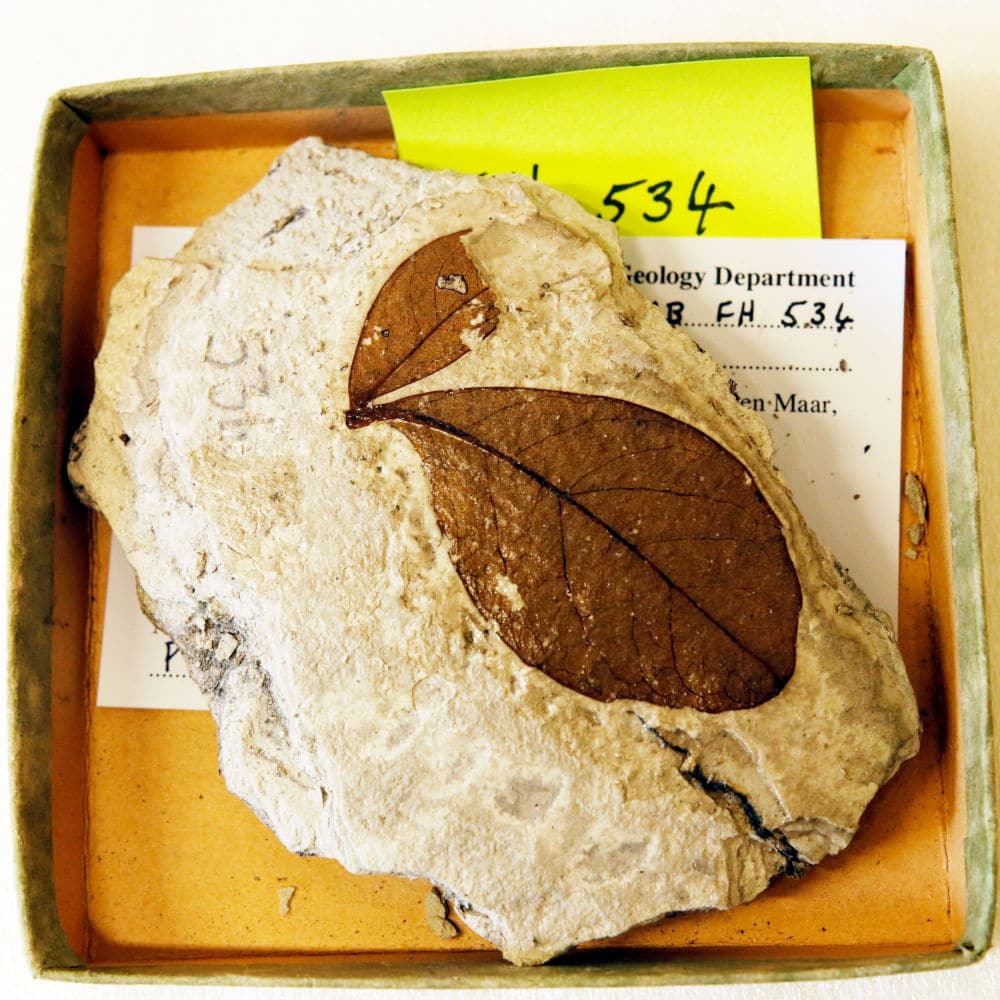
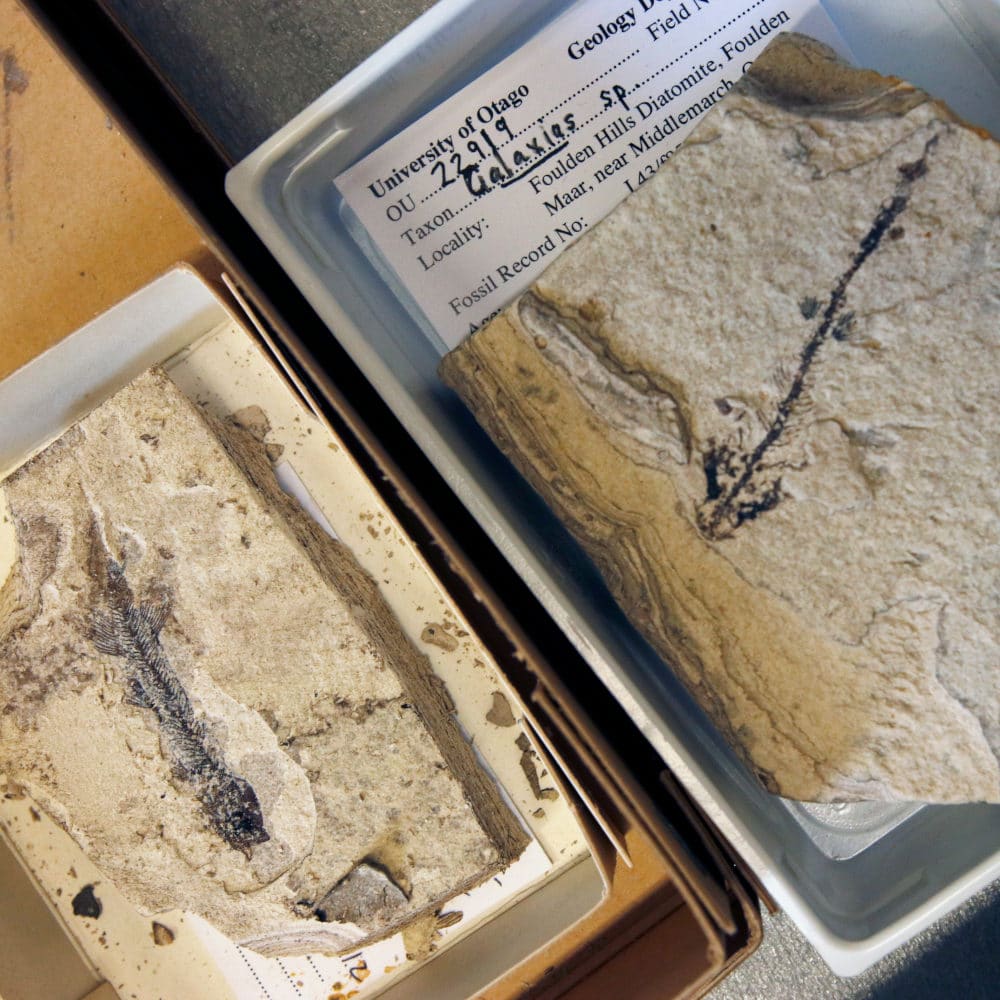
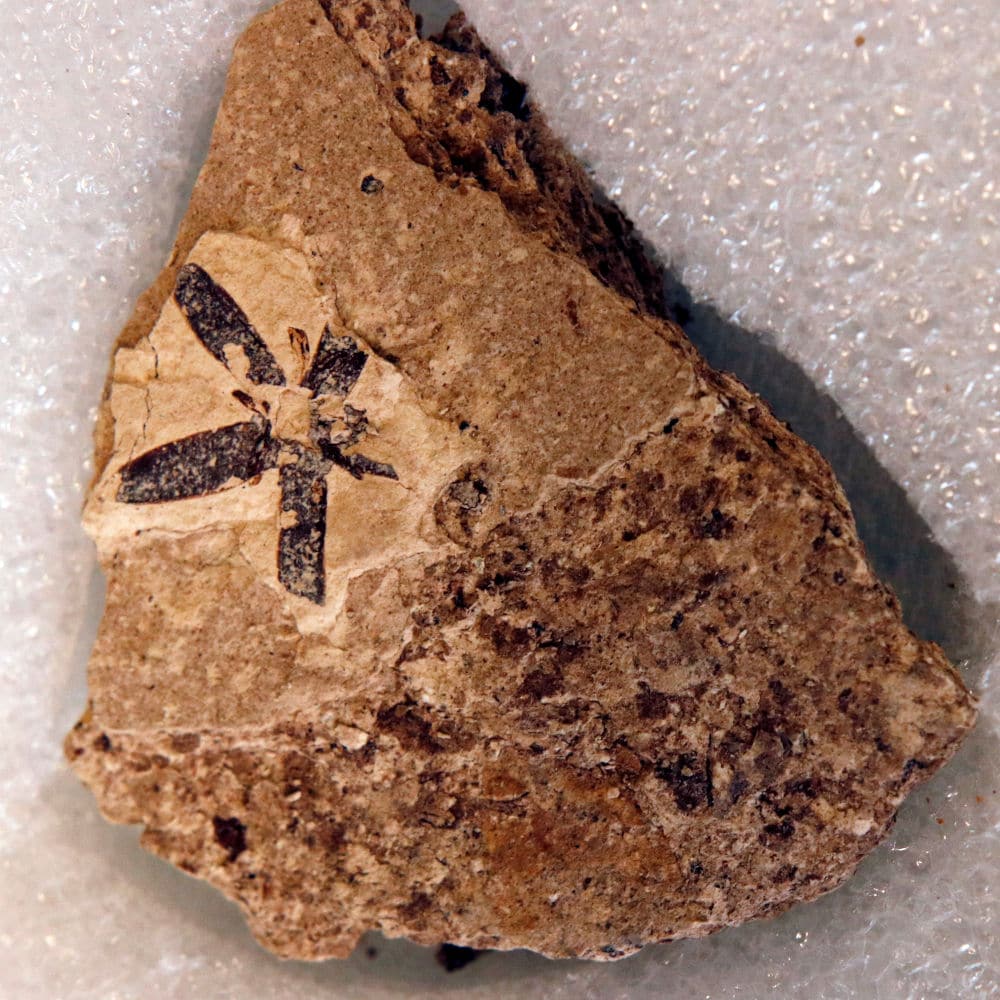
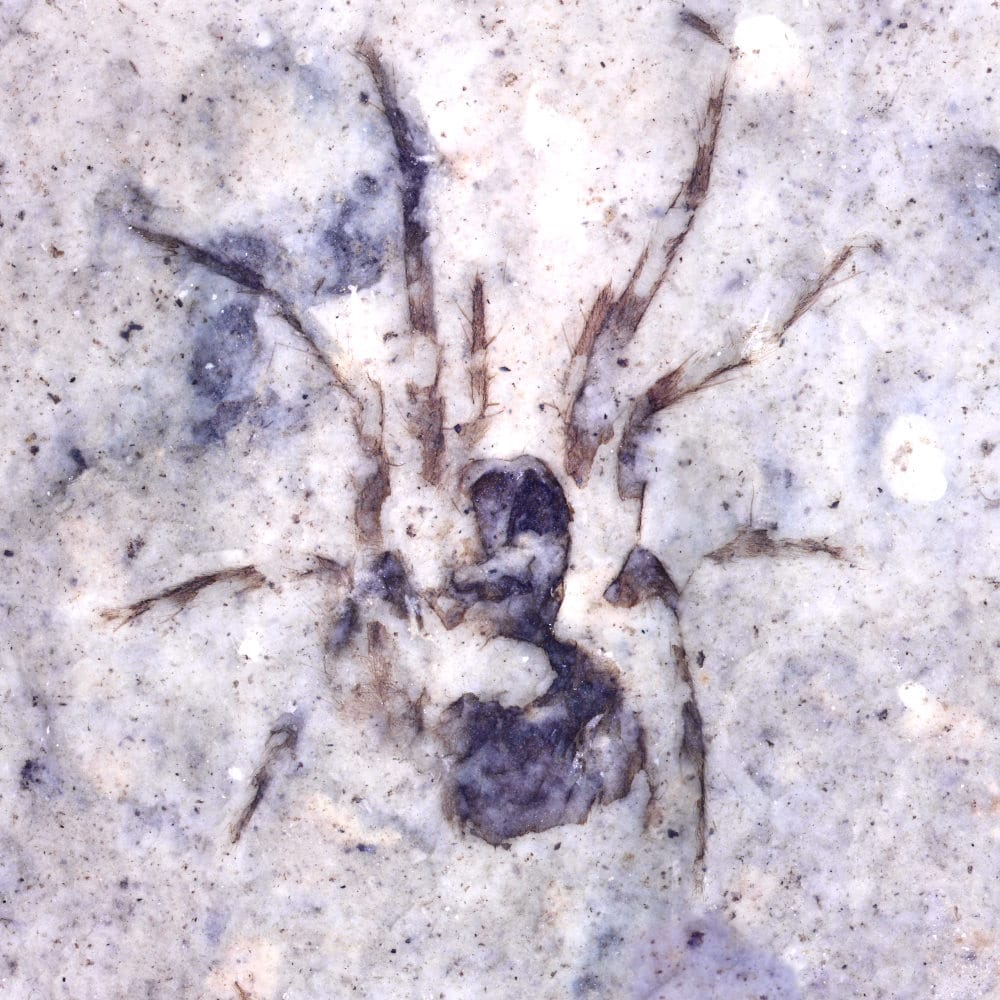
Shane Loader and Andrea Bosshard first learned about Foulden Maar one June day in 2018. The filmmaker couple had recently moved to an off-the-grid house on Bosshard’s parents’ land in the Strath Taieri, a 10-minute drive from the fossil site. That morning, the local newspaper included a picture of Daphne Lee on the front page under the headline “Miners, Scientists Unlikely Allies.” The article reported that a multinational company, Plaman Resources, planned to mine diatomite from Foulden Maar, but that scientific access “has been assured.”
Loader was unsettled: “You know if there’s a mine next door it’s going to impose on you.” So in between film editing, he started delving into company records. “I just wanted to know as much as I could,” he says.
Plaman Resources was the brainchild of a pair of wealthy Australian investors, Peter Plakidis and Geordie Manolas. After Walker’s company Featherston Resources went under in 2014, Plaman applied for approval from New Zealand’s Overseas Investment Office (OIO) to buy all 100 acres of the existing Foulden Maar land. They finalized the deal in 2015 and bought Featherston’s existing mining permit as well.
Plaman’s main shareholder was a Malaysian company, Iris Corporation, which was then part-owned by Felda, itself owned by the Malaysian government and one of the world’s largest palm oil producers. In 2014, Iris Corporation had announced plans to use Foulden Maar diatomite as a fertilizer additive for oil palm plantations.
The link to palm oil was controversial in New Zealand because of the industry’s role in the destruction of Southeast Asian rainforests. In addition, as forest fires raged across Indonesia that year, many experts blamed the palm oil industry for draining and clearing peatlands in order to grow the crop, making them highly flammable in the process. After the controversy, Plaman Resources “went quiet,” Loader says. “For two years, they said nothing.”
In an interview, Manolas, the Plaman co-founder and former chief financial officer, told Undark that the company had begun to explore other uses for diatomite. In 2018, Plaman announced that Foulden Maar contained 31 million metric tons of “globally rare black diatomite”— Black Pearl, as it was branded. Plaman claimed that if used as an organic feed additive for livestock the product would reduce antibiotic usage, stimulate growth, and improve animals’ gastrointestinal health. Those claims were met with skepticism by some animal nutritionists and lacked published scientific evidence. But Manolas says the company was conducting multiple trials with some impressive early results and was working toward peer-reviewed studies.
Cutting the link with palm oil was a requirement of the investment bank Goldman Sachs, a subsidiary of which had provided a $20 million loan to Plaman, says Manolas. But pivoting from fertilizer to the larger animal feed market meant much more product was needed. The company scaled up its ambitions, putting in another application to the OIO. This time, Plaman asked for permission to remove Iris as a shareholder and to buy the thousand-acre farm surrounding the mine site. That would provide access to the entire diatomite deposit and make more room for mining infrastructure.
A document leaked to the Otago Daily Times the following year publicly revealed the full extent of Plaman’s plans. The report had been confidentially prepared by Goldman Sachs and — Loader was quick to notice — was dismissive of local concerns about the project: “Management does not expect any social or community issues at Foulden Hill,” it read.
But what caught the eye of Lee, the University of Otago geologist, was the diagram of the proposed mine. It depicted a giant pit encompassing the entire maar, which would apparently be flooded and “rehabilitated” as a “pit lake” in 2048. The fossils, the climate record — it was all set to be gobbled up in feed for chickens and pigs.
“Until then, I did not really understand that the whole of the Foulden Maar deposit could actually be destroyed,” says Lee.
Her university still had the 2009 core in storage, but it was slowly degrading. Foulden Maar might contain the answers to questions that scientists don’t even know they have yet, she says: “There’s just so much more to discover.”
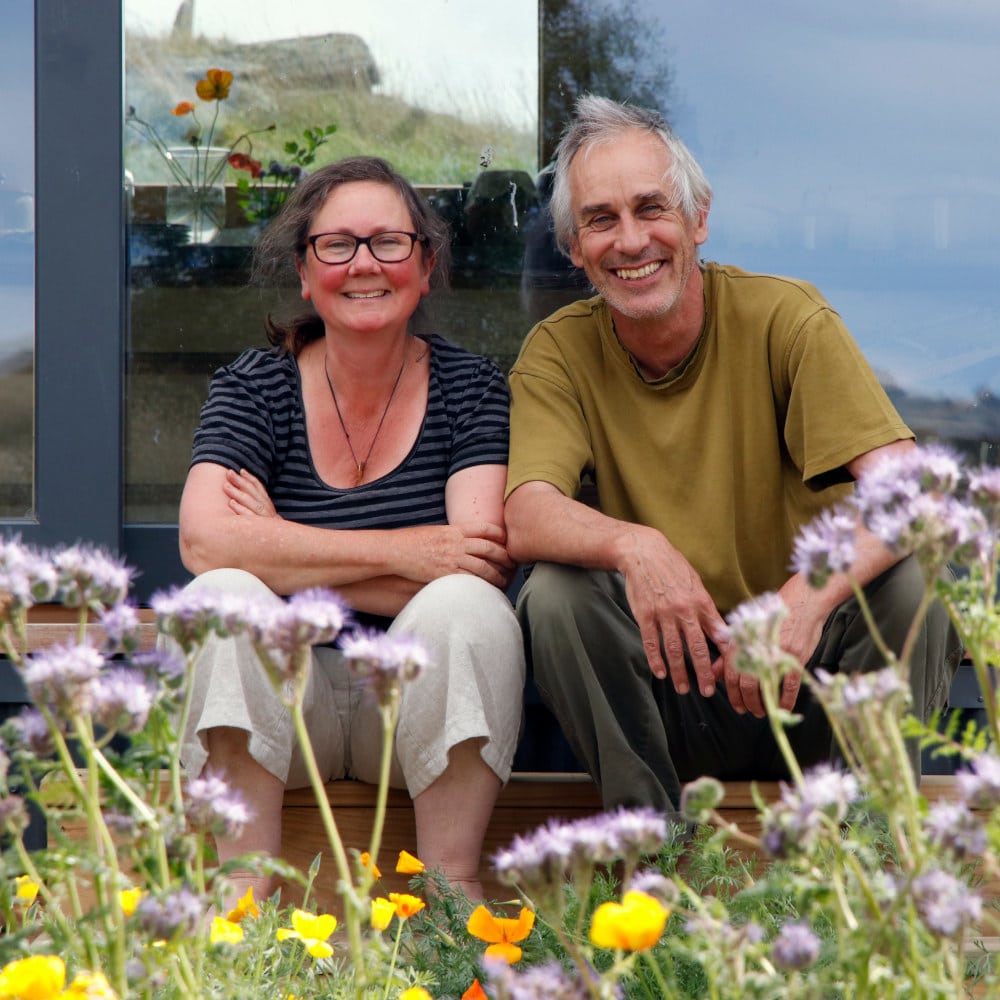
Shane Loader and Andrea Bosshard, who live 10 miles from Foulden Maar, formed an activist group and started a petition to prevent the fossil site from being destroyed.
Visual: Kate Evans for Undark
Lee began giving media interviews and public talks about the scientific value of the site. Loader and Bosshard formed an activist group called “Save Foulden Maar,” and started a petition calling on the Overseas Investment Office to reject Plaman’s application to buy the surrounding land needed to make the project viable. New Zealand’s former prime minister Helen Clark weighed in on the side of the scientists and local activists. The story became national news.
The tide began to turn in May 2019. The New Zealand Minerals Forum — an annual industry meeting — was held in Dunedin, and became a focal point for protests over both climate change and the plans for Foulden Maar. On the first day of the conference, protestors waving “Preserve Foulden Maar” placards barricaded the town hall building. The police made repeated attempts to remove them, and industry delegates spent hours trying to get inside the conference hall.
When the delegates did finally enter, they were welcomed by Dunedin’s then-mayor, Dave Cull. Though he had initially supported the mining plans, Cull made it clear he had changed his mind, saying that the protestors expressed “the overwhelming view of this community and my council.” Later that day, Lee addressed the city council and a packed public gallery, explaining the scientific importance of Foulden Maar. The council soon voted to recognize the site’s significance and support its preservation.
On June 14, Cull made a new submission to the OIO saying that the sale of the land was at odds with the desire of the city to protect the maar.
The following week, Plaman Resources declared itself insolvent and began the process of liquidating its assets. Manolas says the main reason was that the OIO process had dragged on too long. “Capital, it’s got a timeline on it,” he says. “We just ran out of time.” (Goldman Sachs declined to comment for this article, and Iris did not respond to multiple requests for comment.)
In November 2019, Dunedin’s new mayor, Aaron Hawkins, announced the city’s intention to buy Foulden Maar from Plaman’s receivers — the people charged with winding down the troubled business and repaying its major creditor, the Goldman Sachs subsidiary.
For Lee, Bosshard, and Loader, it felt like David had beaten Goliath. “Public pressure did what the legislation couldn’t,” Lee says.
BBut it’s not over yet.
Lee looks out at Foulden Maar from the roadside through a windblown barbed-wire fence. It’s as close as she can now get.
More than a year has passed since negotiations between the city council and Plaman’s receivers began, and no deal has been reached.
While Plaman Resources, like the other companies, did allow scientists to access the site, in 2018 the company’s receiver, Neale Jackson of Calibre Partners, barred Lee, her students, and other scientists from visiting Foulden Maar, putting research and teaching on hold. Jackson declined to comment for this article.
Despite the state of limbo, both conservationists and those in the industry are skeptical that mining at the scale Plaman proposed will ever be able to take place. “We would be in fierce opposition,” says Kimberley Collins, a science communicator who was part of the Save Foulden Maar campaign. Alan Walker — the retired miner Lee named a fossil after — agrees. From an industry perspective, he says, the intensity of public backlash could pose too great of a commercial risk.
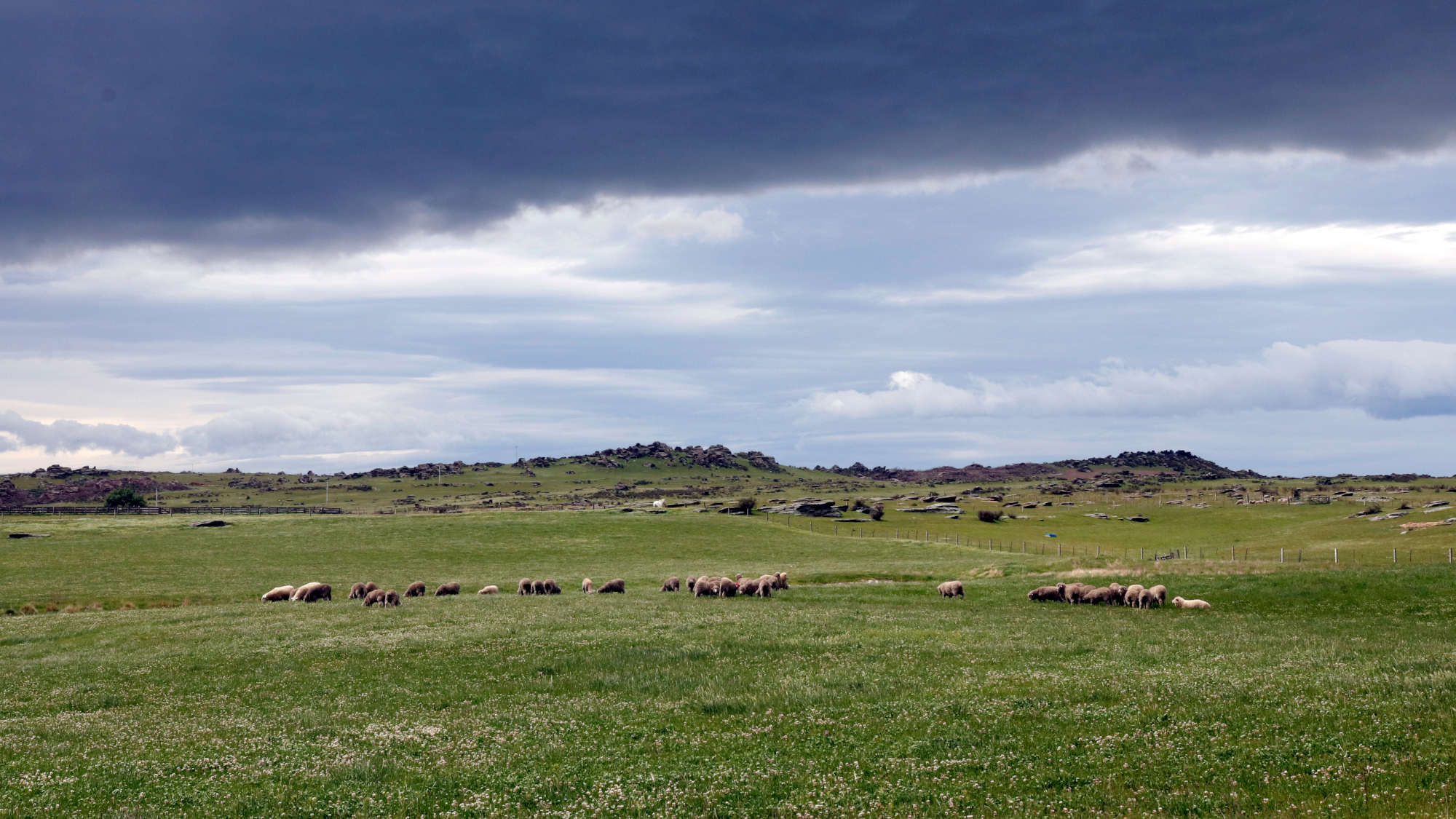
Compromise might have been possible, says Manolas, if the land sale had succeeded. Instead, New Zealand now looks less attractive to international investors, he says, and has missed out on incoming capital and an estimated 95 full-time jobs at the mine site alone. He says the diatomite looked set to make a real difference to global farming — and that the mining operation could have brought fossils to light that will now remain buried far beneath the surface, beyond the reach of geologists with university budgets.
There is truth in that last point, Lee concedes, but says Plaman’s plans to mine the entire deposit in just a few decades would have forever prevented the scientists of the future from using new techniques and answering new questions at Foulden Maar.
Lee and her colleagues now have a new vision for Foulden Maar’s future. The site could become a kind of geo-park, Lee says, a place for research, education, and controlled tourism: “Educationally, it’s probably one of the best possible sites for teaching about geology, paleontology, and climatology.” As she has done for years with her students and visiting scholars, Lee would like to take schoolchildren and community groups down this rugged farm track to the exposed mine site.
They would crouch in the pale diatomite dust, she says, and pry its cardboard-like layers open with a knife. In five minutes, they’d find a fossil leaf. If they were there for an hour, they might find a delicate skeletal fish and still be able to make out the patterns on its skin.
Kate Evans is a freelance science journalist and writer based in Raglan, New Zealand. Follow her on Twitter @kate_g_evans.










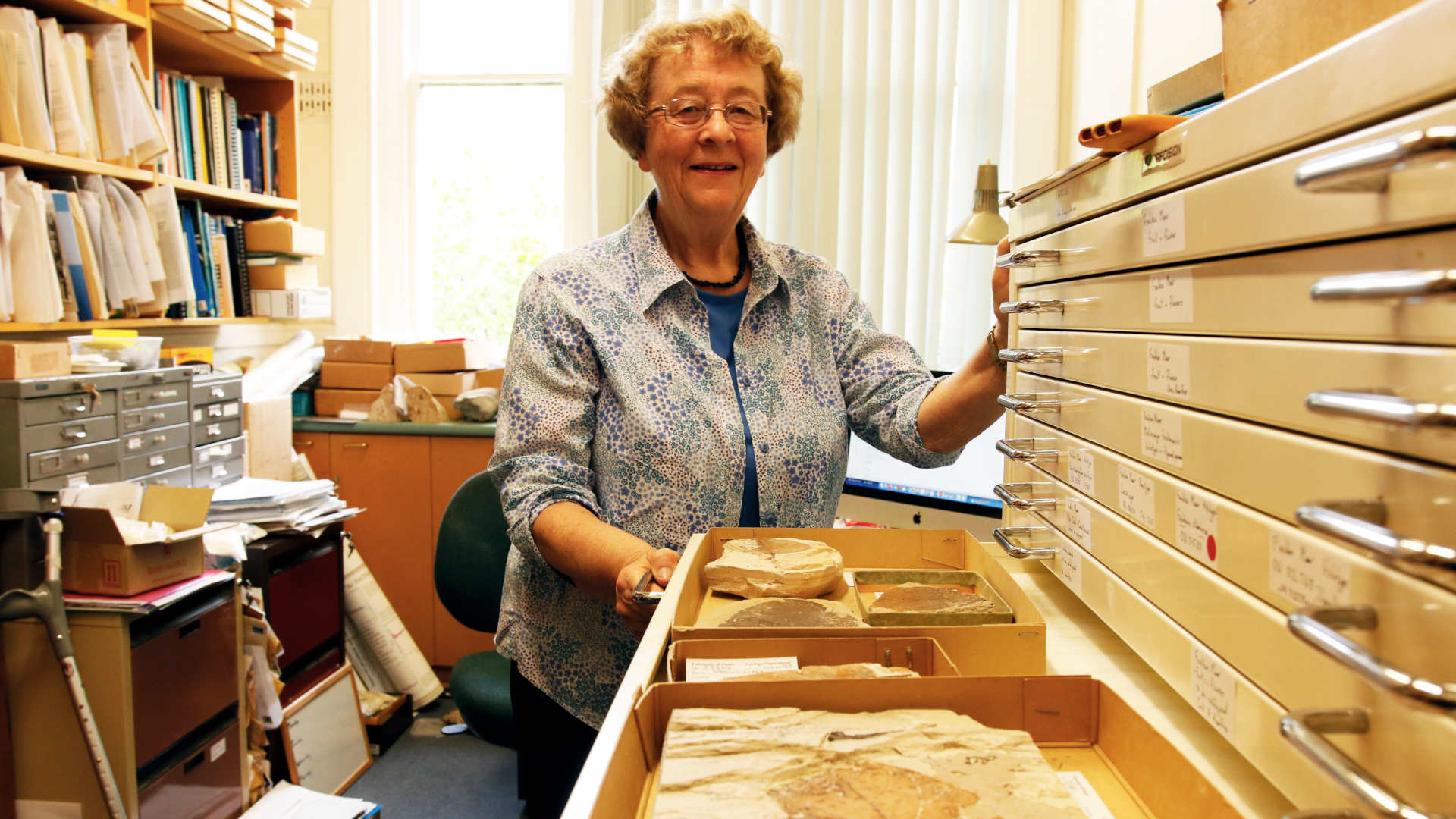
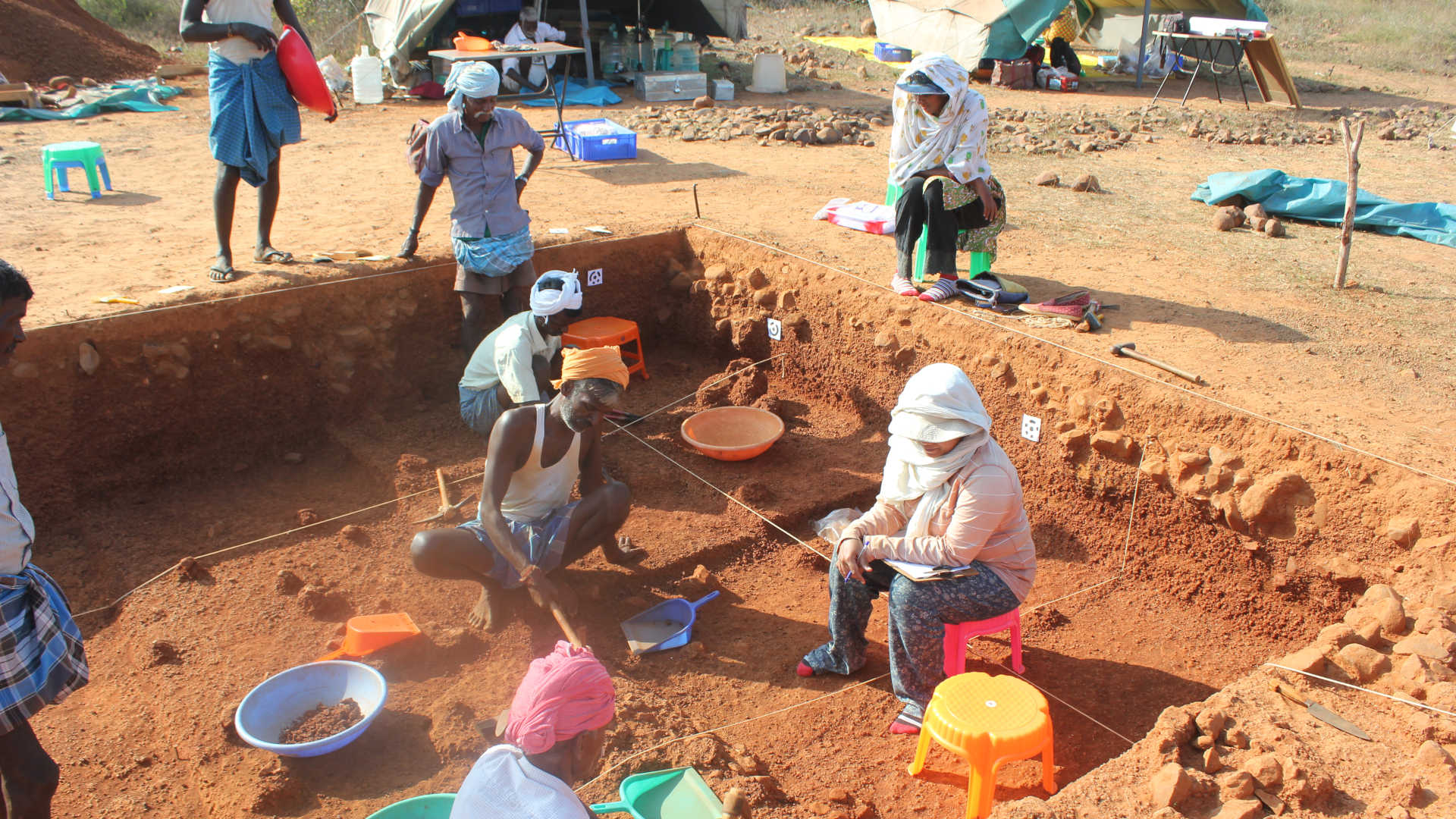
Comments are automatically closed one year after article publication. Archived comments are below.
The following is naive speculation on my part having visited the site once in 2019. The “diatomite” is full of sulphide – a legacy of the same conditions that preserved the fossils so well. They would oxidize as soon as they came into contact with air. Add a bit of water and you have sulphuric acid. It is worthless as a mined product. Whether or not Plaman became aware of this, they accumulated large debt. The task of the receiver is to recover as much of that debt as possible. The only source of money at this point is the taxpayer. Now you connect the dots. Again, I emphasize, this is pure speculation.